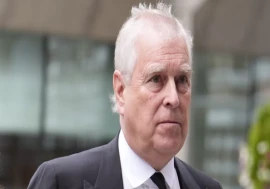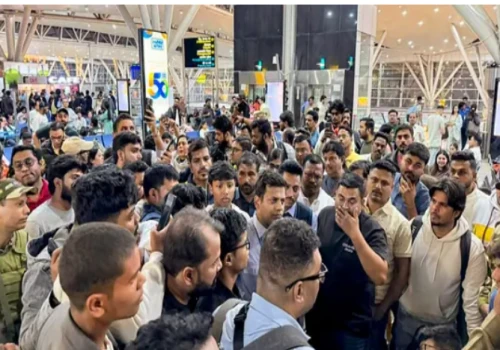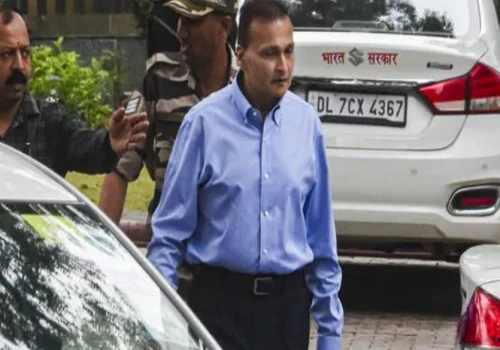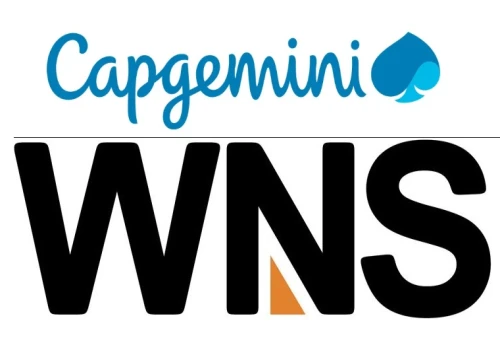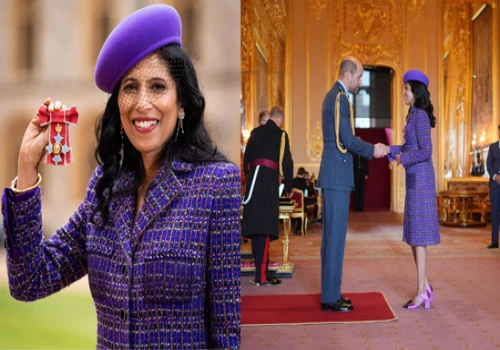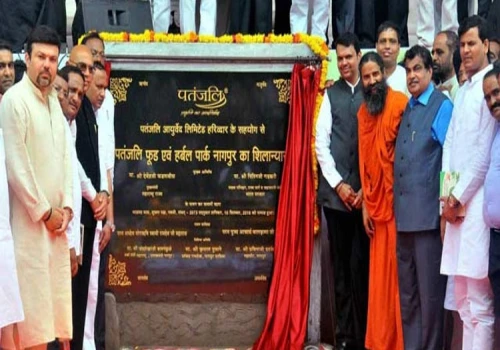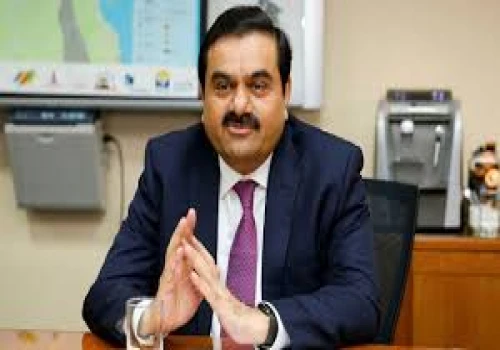
The influencer marketing landscape in India is undergoing a metamorphosis, transforming into a lucrative goldmine projected to reach a value of Rs 3,375 crore by 2026. This remarkable growth trajectory, fueled by a CAGR of 18%, paints a promising picture for influencers and brands alike, according to a recent report by EY's Collective Artists Networks Big Bang Social.
Attributing this phenomenal rise to the ever-increasing smartphone usage in India, the report highlights a critical statistic: a whopping 50% of mobile phone users dedicate their time to social media platforms. Among these platforms, Instagram and YouTube reign supreme, offering fertile ground for influencer-generated content to flourish and captivate audiences.
Recognizing the immense potential of influencer marketing, a staggering 75% of brands are expected to integrate this strategy into their marketing arsenal. This shift in brand perspective is mirrored by the projected growth in influencer income, with a promising 86% of influencers anticipated to witness a double-digit income increase over the next two years.
The report further delves into brand investment strategies, revealing that a significant 56% of brands allocate over 2% of their budgets towards influencer marketing. This commitment is further solidified by the optimistic outlook for 2024, with a staggering 70% of brands planning to maintain or increase their influencer marketing budgets.
Interestingly, the concept of "bigger is better" doesn't necessarily hold true in the influencer marketing world. While a large following might seem enticing, brands are increasingly prioritizing factors beyond follower count. Engagement rate emerges as a key criterion, with 27% of brands placing high importance on it. Additionally, 26% of brands meticulously evaluate the target audience quality to ensure alignment with their brand message. Industry expertise (24%) and follower demographics (23%) also factor into the brand decision-making process.
The report unveils another fascinating trend: the strategic use of a mix of influencer tiers. Interestingly, 47% of brands favor nano influencers (those boasting followings between 100-10,000) over established influencers. This strategic selection offers a dual benefit – reduced cost per reach and a significantly higher engagement rate compared to their larger counterparts. Engagement rates for nano influencers hover around an impressive 4%, while large influencers typically fall within the 1.5% to 2.5% range.
Unsurprisingly, brand objectives play a crucial role in influencer selection. The report identifies brand awareness and social media engagement as the primary goals, attracting 61% of brands. Within this segment, 32% leverage influencer marketing for brand awareness, while 29% focus on driving social media engagement. Lead generation (22%) and sales conversion (17%) are additional objectives that motivate brands to incorporate influencer marketing into their strategies.
Looking ahead, the report predicts that the growth of influencer marketing in India will be spearheaded by the lifestyle, fashion, and beauty sectors. Furthermore, industries like automobiles, e-commerce, and FMCG are also expected to ramp up their influencer marketing expenditures.
Amiya Swarup, Partner, Marketing Advisory, EY India, sheds light on the significance of these findings, stating, "In today's rapidly evolving Indian society, consumers are encountering transformations across various aspects of their lives. Influencers are emerging as trusted guides, offering reassurance, advice, and direction, effectively transforming into contemporary heroes. Coupled with the projected growth in influencer marketing


